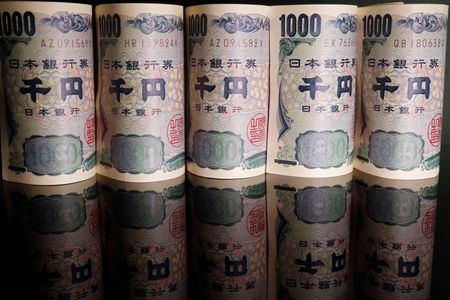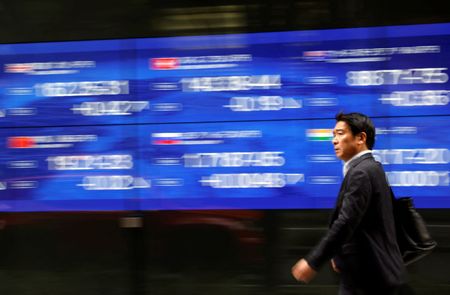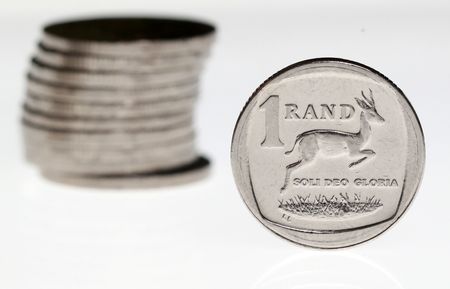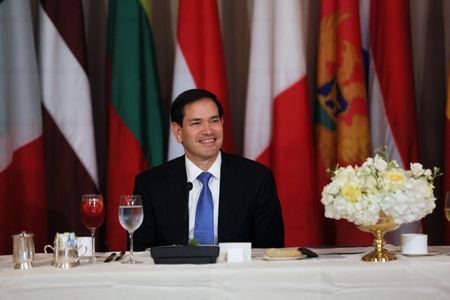By Stefano Rebaudo
(Reuters) -The dollar edged up against the yen but was flat versus the euro on Monday as investors shifted their focus to political developments in Japan and the euro area, while lingering concerns about U.S. credit risks kept weighing on sentiment.
The yen weakened as hardline conservative Sanae Takaichi is almost certain to become Japan’s first female primeminister following a decisive parliamentary vote on Tuesday.
Her expected premiership, backed by a new coalition with the right-wing Japan Innovation Party, has raised investor concerns over potential fiscal expansion, which could weigh on the Japanese currency.
“Market participants will now be watching closely to see what fiscal plans are put together by the new coalition government,” said Lee Hardman, senior currency economist at MUFG.
“Japan Innovation Party’s own fiscal plans have been described as ‘moderately expansionary’,” he added.
The dollar was up 0.1% to 150.73 yen, after hitting 151.20 earlier in the session.
Bank of Japan board member Hajime Takata, who voted against keeping rates steady in September, reiterated on Monday his case for resuming rate hikes, providing some support for the Japanese currency.
Japan’s benchmark Nikkei stock index closed more than 3% higher, hitting an all-time peak on expectations of an expansionary fiscal policy. [.T]
The BOJ next decides monetary policy on October 30, with market-implied odds of a quarter-point rate increase at 23%, according to LSEG data.
The euro edged higher against the dollar as political tensions in France eased, but investor caution lingered.
Markets have yet to fully price out French risk from the euro, with the government’s decision to freeze pension reform offering only a temporary political breather while complicating already fragile budget talks.
The euro was flat at $1.1653.
“This week the focus should stay on the U.S., and a further souring of credit sentiment could send the euro on a path to $1.180,” said Francesco Pesole, a foreign exchange strategist at ING.
Market participants are closely watching Wall Street futures, which were up 0.34%. U.S. stock indexes ended higher on Friday after U.S. President Donald Trump said his proposed 100% tariffs on China would not be sustainable, while upbeat quarterly results from regional banks helped ease concerns over credit risks.
The U.S. dollar index, a measure of its value relative to a basket of other major foreign currencies, rose 0.05% to 98.58. It hit 98.025 on Friday, its lowest level since October 6.
Economists warned that the dollar’s resilience will be tested on multiple fronts.
“One, the government shutdown is hurting economic activity, both directly and indirectly,” said Klaus Baader, global chief economist at Societe Generale Corporate and Investment Banking (SGCIB), adding U.S.-China tensions were a second major concern.
“Three, the (import) tariffs that are already in effect continue to feed through, slowing real household income growth and weighing on corporate margins,” he said.
Barclays flagged that, with no obvious catalyst to end the federal government shutdown in the next few weeks, the stoppage may extend well into November, when political and economic pressures should intensify.
The Australian dollar rose 0.1% to $0.6491 on Monday, cheered by data from top trade partner China showing its economy reasonably resilient to U.S. tariffs.
Official data on Monday showed China’s economy grew 1.1% in the third quarter, to top forecasts, while industrial output also beat with a rise of 6.5%. Although the 4.8% annual growth rate marked the weakest pace in a year, it kept the country on track to meet its official growth target of around 5%.
(Reporting by Stefano Rebaudo; Editing by Sam Holmes and Emelia Sithole-Matarise)











